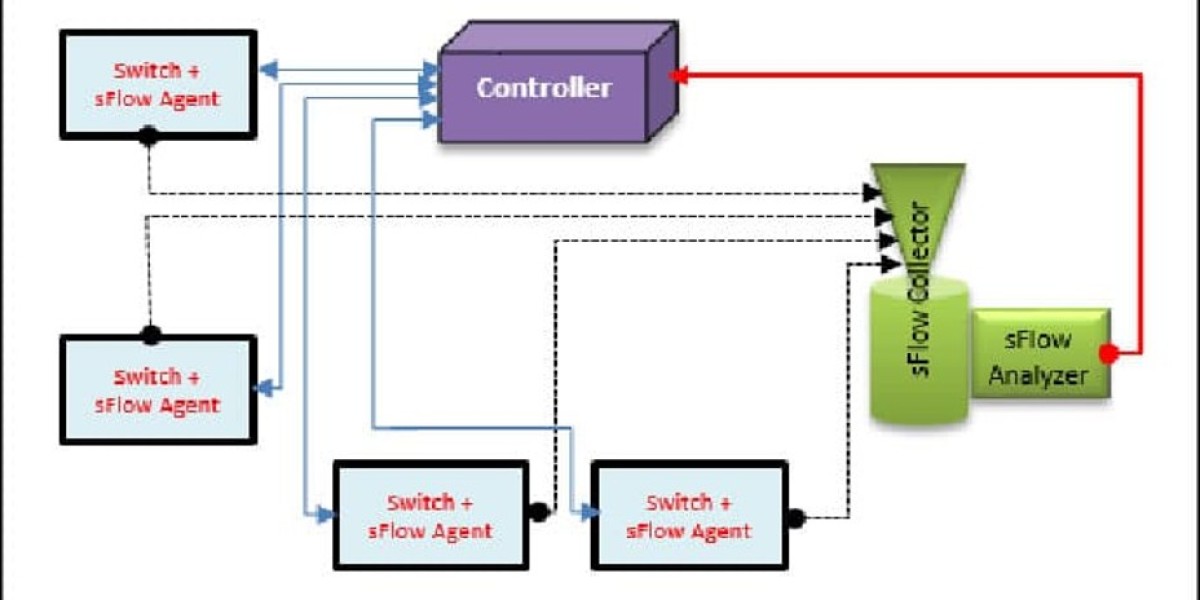As per Market Research Future, the Activated Carbon Filters Market Size is witnessing robust growth, driven by increasing environmental awareness, stringent government regulations on water and air purification, and rising demand for efficient filtration technologies across industries. Activated carbon filters are extensively used in applications such as water treatment, air purification, food and beverage processing, and industrial gas purification. With growing concerns about pollution and sustainable living, the global market for these filters is poised for remarkable expansion in the coming years.
Activated carbon filters, also known as activated charcoal filters, work by adsorbing impurities and contaminants from water or air through their porous structure. These filters are produced from materials such as coal, wood, or coconut shells, which are activated through heat and chemical treatments to enhance their surface area and adsorption capacity. The technology has proven effective in removing organic compounds, chlorine, odors, and other harmful chemicals, making it an essential component in various environmental protection systems.
Market Dynamics
The market growth for activated carbon filters is primarily driven by the increasing global demand for clean water. Rapid industrialization, urbanization, and population growth have intensified the pressure on existing water resources, leading to higher contamination levels. As a result, both government bodies and private organizations are investing heavily in water treatment facilities equipped with advanced filtration systems. Activated carbon filters, due to their high efficiency in removing impurities, are becoming the preferred choice in municipal and industrial water purification projects.
In addition to water treatment, the air purification segment is also contributing significantly to the market’s expansion. Rising air pollution levels, especially in urban areas, have led to an upsurge in demand for air purifiers and HVAC systems integrated with activated carbon filters. These filters are capable of trapping volatile organic compounds (VOCs), tobacco smoke, and other airborne pollutants, thereby improving indoor air quality and reducing health risks.
Industrial and Regional Insights
Industrially, the food and beverage sector has emerged as one of the key end-users of activated carbon filters. These filters play a vital role in decolorization, deodorization, and purification processes in the production of beverages, sweeteners, and other consumables. Similarly, the pharmaceutical industry relies on activated carbon filtration to ensure the purity of ingredients and final products.
Regionally, Asia-Pacific dominates the global activated carbon filters market, fueled by rising industrial activities in countries such as China, India, and Japan. The region’s rapid urban development, coupled with government initiatives to control pollution, has accelerated the adoption of filtration systems. North America and Europe also represent significant markets, driven by stringent environmental regulations and a high level of consumer awareness regarding air and water quality. Meanwhile, the Middle East and Africa are witnessing growing adoption, supported by increasing investments in water treatment infrastructure.
Technological Advancements and Market Opportunities
Continuous innovation in filter design and materials is expanding the scope of activated carbon filters. Manufacturers are developing advanced composite filters that combine activated carbon with other media such as HEPA or ceramic elements, enhancing their efficiency and lifespan. Moreover, the growing trend toward smart filtration systems, which integrate IoT sensors and real-time monitoring capabilities, is opening new opportunities in residential, commercial, and industrial applications.
Sustainability is another key focus area. With the rising emphasis on eco-friendly products, manufacturers are increasingly using renewable raw materials like coconut shells to produce activated carbon. This not only reduces the carbon footprint but also offers cost advantages and better performance in certain applications.
Future Outlook
Looking ahead, the global Activated Carbon Filters Market Size is expected to continue its upward trajectory, supported by advancements in filtration technology, stricter environmental policies, and increasing health awareness. The integration of sustainable manufacturing practices and smart filtration systems will further enhance market potential. As industries and households increasingly prioritize clean water and air, activated carbon filters will remain a cornerstone of modern filtration solutions.
FAQs
1. What are activated carbon filters used for?
Activated carbon filters are used for purifying air and water by adsorbing impurities such as chlorine, volatile organic compounds (VOCs), and other contaminants. They are commonly used in water treatment plants, air purifiers, and industrial filtration systems.
2. Which industries are driving the growth of the activated carbon filters market?
Major industries driving market growth include water and wastewater treatment, food and beverage, pharmaceuticals, and air purification sectors. Increasing regulatory standards for clean air and water are boosting adoption across these industries.
3. What factors are influencing the future growth of the activated carbon filters market?
Key growth factors include rising environmental concerns, technological innovations, expanding industrial applications, and government initiatives promoting sustainable water and air management solutions.
This evolving market highlights how environmental sustainability and innovation can converge to create lasting global impacts, positioning activated carbon filters as a vital component in the pursuit of cleaner, healthier living conditions.








